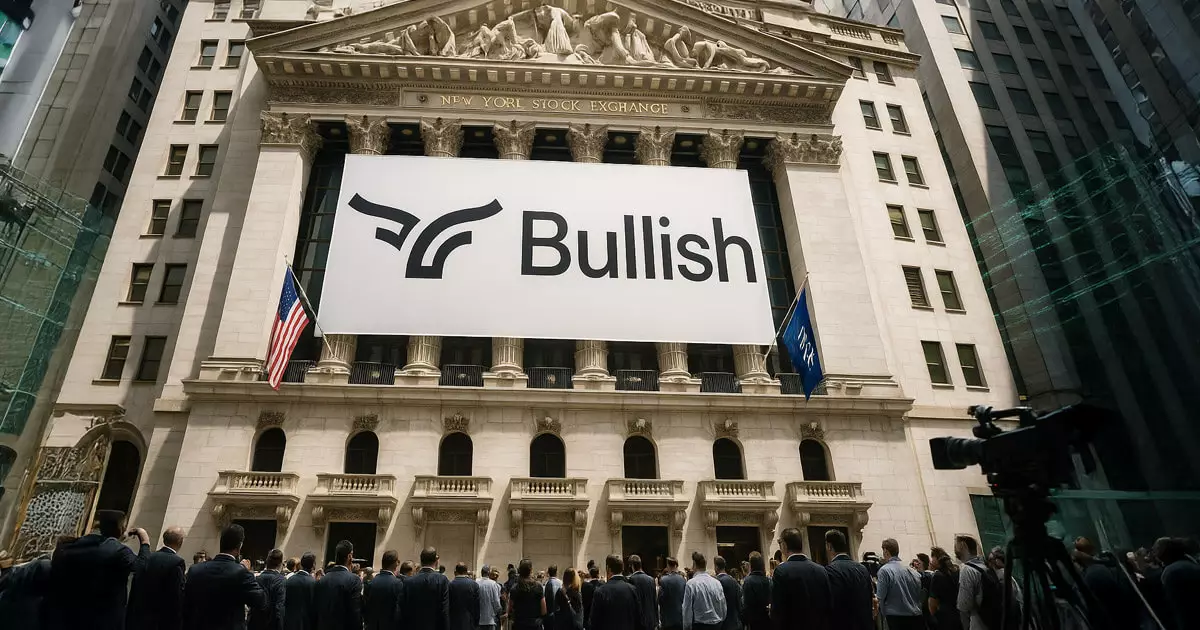In an era where financial innovation often outpaces regulation, the recent utilization of stablecoins during Bullish’s IPO underscores an unsettling shift. This isn’t merely a new technology integration; it’s a bold declaration that the boundaries between traditional finance and the crypto world are dissolving faster than many expected. By accepting stablecoins like RLUSD, USD1, USDC, and others for IPO proceeds, Bullish signals confidence in these digital assets as reliable vehicles for large-scale financial transactions. While this innovative move promises faster and more transparent settlements, it also exposes a dangerous dependence on assets that lack mature oversight and thorough scrutiny.
The decision to settle part of the IPO in a mosaic of stablecoins, predominantly on the Solana network, suggests an aggressive push towards blockchain-based settlement systems. This strategy, hailed by proponents as revolutionary, also invites serious concerns about systemic stability. Since most of these coins are issued on a relatively young blockchain, the risk of bugs, network outages, or sudden policy changes from the platform could jeopardize billions of dollars. The decentralized, yet unregulated, character of these assets means that traditional safeguards—like clear legal recourse and consumer protections—are often missing or ambiguous.
The Illusion of Security and Speed
Bullish’s transfer of proceeds to Coinbase for custody appears to be a hedge against some risks; however, it can’t fully insulate from the inherent vulnerabilities of digital assets. Relying on stablecoins for core financial activities, especially IPO settlements, can create a false sense of security. The supposed benefits—near-instant settlements and transparent transactions—are often overstated. Blockchain networks are susceptible to congestion, delays, and even malicious attacks, which could cause substantial financial fallout.
Moreover, the embrace of these tokens reflects a broader misunderstanding about what stability truly entails for digital assets. While they’re labeled as “stable,” their value is often tethered to perceptions of backing or network stability, which can fluctuate wildly in moments of market stress or regulatory clampdowns. The fact that these stablecoins are used across international borders adds complexity, especially when jurisdictions differ in their approach to regulation.
Institutional Adoption or Overreach?
The institutional adoption of stablecoins, exemplified by Bullish’s IPO, signals a potential for mainstream acceptance, but it also raises red flags about unchecked enthusiasm. The involvement of major players like Ripple’s RLUSD and USD1 in high-stakes transactions hints at a future where digital assets become core to financial infrastructure. Yet, many of these assets operate in gray regulatory zones, risking future crackdowns or operational restrictions that could render these investments illiquid or worthless overnight.
While the fintech optimism is palpable, a cautious center-right perspective rightly questions whether the capital markets are rushing into a new paradigm without fully understanding the risks. The growing reliance on unregulated assets to manage billions in capital is less a sign of maturity and more a warning sign of systemic fragility. It’s vital to recognize that, without robust oversight, these innovations could serve to concentrate risk rather than disperse it, ultimately undermining the stability of global financial systems.
Ultimately, the integration of stablecoins into traditional finance reflects a mindset eager to leverage blockchain’s promises without fully grappling with its underlying vulnerabilities. As more institutions follow Bullish’s lead, the real question becomes: are we advancing towards a more efficient financial future, or simply replacing old risks with untested, unstable assets?

